The County of Grande Prairie is dedicated to providing clean, safe, quality drinking water for its communities and has developed a lead management program so we meet and exceed Health Canada's standards.
Health Canada published a new lead limit for the Guidelines for Canadian Drinking Water Quality, introducing two fundamental changes from how lead has been managed in drinking water since 1992. Under the guideline, the Maximum Acceptable Concentration (MAC) was lowered from 0.010 mg/L to 0.005 mg/L and testing is now conducted at the customer's tap instead of the distribution system.
The purpose of the Lead Management Program is to educate the public on:
- mitigating lead exposure
- protect public health from lead exposure.
|
Information for Customers The County provides safe drinking water by closely monitoring the quality of the water entering the distribution system and provides water that exceeds the Guidelines for Canadian Drinking Water Quality. Selected homes and services will be sampled and tested based on their likelihood of having lead service lines. Please don't be concerned if you are chosen for sampling. If lead contamination is present, further sampling and testing will take place to confirm the location of lead contamination. This is to confirm if the lead contamination is occurring within the Country’s distribution system or the water service lines into and in the home. |
|
Sources of Lead in drinking water Drinking water delivered by the County of Grande Prairie is routinely tested to ensure safe drinking water. The County's drinking water is analyzed before and after it is treated. However, it is possible for lead to get into your drinking water from old service connections and plumbing. With the development of the new lead management program, we will residents help identify the source of any lead contamination and determine the next steps to create a solution. Sources of lead can include old solder and brass plumbing fixtures. If you have any known plumbing fixtures in your home which contain lead, it is recommended that they be replaced with lead-free fixtures. How to check if the homeowner portion of your water service line is lead:
Although visual observation of the line inside the home can provide valuable information on whether the water service line is lead or not, it is not uncommon for lines to be comprised of mixed materials. It is the County's responsibility to provide clean and safe drinking water that is to the Canadian Drinking Water Standards. If lead contamination is identified between the point of distribution and the tap in your home, the County will help identify where the source of lead is coming from, whether it be from inside the home, or the water main. The Homeowner is responsible for any sources of lead contamination within the home or on the homeowners side of the property line. The County is responsible for any sources of lead contamination in the service line that runs from the distribution plant to the property line. This split ownership is common with most communities in North America. Health Canada also has information for Canadians about Lead in drinking water. |
